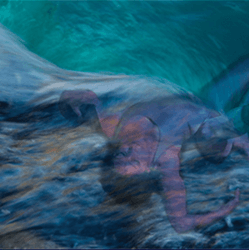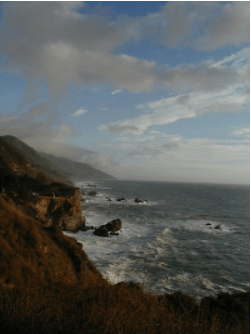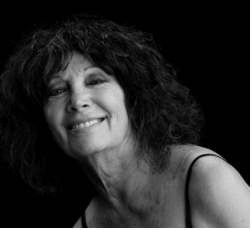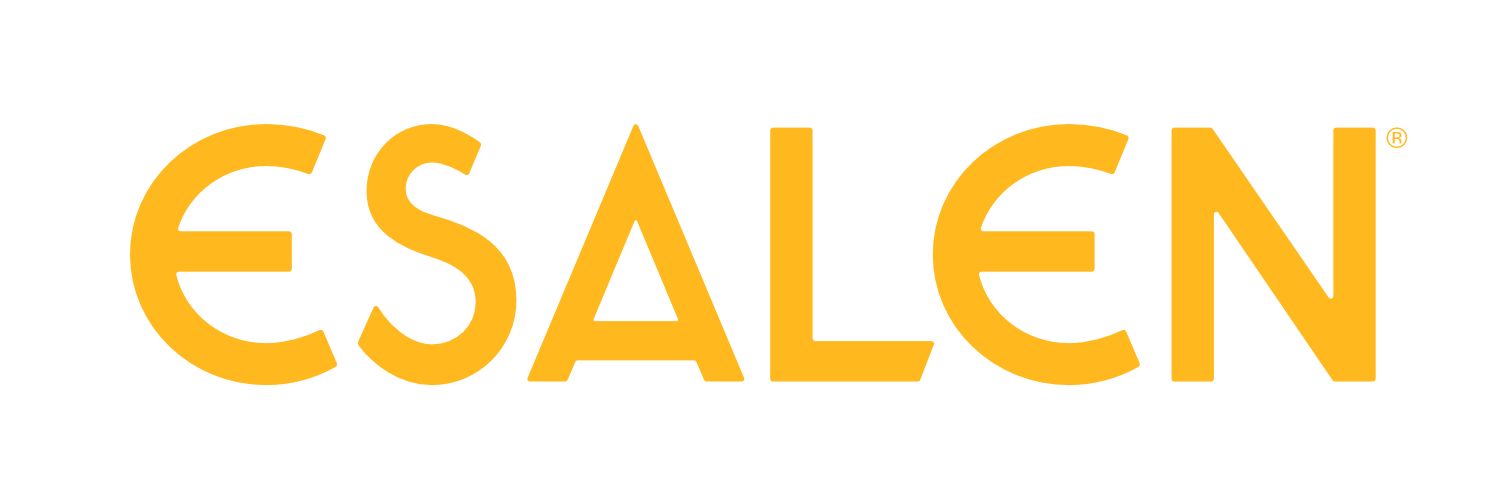
In memory of Emilie Conrad
Continuum is a radical practice. Not just because it began during a radical time of human history—the 1960’s—but because, from its conception, it was an invitation to live outside cultural norms on every level.
Emilie Conrad, founder of Continuum, broke through with the work upon returning from 5 years in Haiti, living and working there as a dancer and choreographer. Walking the streets of New York where she was raised, she recognized the constraints of the culture-at-large on the body itself. A central question arose: “Can I live in my culture and not be bound by it?” Continuum was born out of this question.
In the mid 1990’s, driving down the beautiful coast of California on Highway One, I was headed to teach at Esalen after nearly 10 years of assisting Emilie. While my husband drove, I opened the current Esalen catalog and came face-to-face, breath-to-breath, with Esalen’s mission statement:
“… Dedicated to exploring work in the humanities and sciences that furthers the full realization of the human potential… a center designed to foster personal and social transformation, we offer those who join us the chance to explore more deeply the world and themselves...”

Just past Andrew Molera State Park, something akin to an “atmosphere” entered me viscerally. It brought tears to my eyes. I could feel the interface between purpose and place: a convergence that invites participants into a profoundly open and biologically derived experience of their own bodies as integral to the rich planetary process of evolving life.
From its inception, Esalen has served as a kind of incubator of somatic intelligence for individuals, groups, organizations and culture itself, birthing a deeper organizational pattern for each.
Soaked by the spray of seawater, lulled by the sound of waves, delighted by the taste of fresh-garden meals—change at Esalen happens in very significant part from the context itself.
During the late eighties, Don Hanlon Johnson gathered some of the leading pioneers of the burgeoning somatics field together at Esalen for an ongoing cross pollination of perspectives and innovations in relation to the future of human life, specifically, one that incorporates “embodiment” as primary.
They met, challenged by the setting, to step outside of their own biases as originators of various approaches to transformative practices, to address the pre-conceived notions of bodily life in our culture, and to consider our future as a species.
The promise of Continuum lies in its affirmation of the artistry of human existence. Through movement, breath and sound we inquire. We ask of our whole selves, "What can allow my life to flourish?" We ask this of minds, hearts, relationships, collective communities, and most often we ask this of our organismic body: our blood, our bones, our skin, our lungs, indeed, our entire weave of living tissue that makes up what we call a body.
Our bodies are carriers of an on-going evolutionary history whose language is the movement of water. We enter directly through wave motion and begin to nurture the vast flow of movement and information within and between our cells, our organisms as a whole, and our biosphere.

Emilie, who passed away in April of 2014, often said,“The body is context related and context created.” In her book, Life on Land, She wrote:
"The purpose of Continuum is that it is a way of restoring personal access to billions of years of intelligence that is spiraled into the very swirl of our embryonic coil. Continuum maintains that we are part of an unfolding process that remains intact within us … we are not separate from the awe of primary existence (xxix)."
As Continuum workshops have unfolded at Esalen, all of us, whether teaching or participating, experience the perfection of the place, the event. We transform through a co-mingling of meaning and salty air, cognitive understanding and deep rest, and direct contact with the inner landscape held in the magnificent geography of the outer surround. The looming presence of our oceanic origins is undeniably present as we move, breathe and touch the certainty of our place within the legacy of life.
In equal measure, Continuum has given courage and direction to the investigation of human potential at Esalen. It catapulted experiences of the furthest reaches of physical existence, beyond simple pleasure, into enduring truths of empathic connection with all life forms.
In 1995, Emilie was the keynote speaker at one of the first Somatics conferences in the US. As she prepared to leave, she passionately exclaimed to a group of teachers, me among them, “We have to ask ourselves: What is it we are calling a body?!!”
This question still resonates through the baths, through the gardens, through the hands of the massage practitioners and through the heart of Esalen itself.
Both Continuum and Esalen provide an opportunity to recontextualize the fabric of our lives. The amplification of both through their interweaving has provided, and continues to provide, a flourishing of meaning in an extraordinary setting— catalyzing the future we are committed to seeing for ourselves and the very future of life on Earth.

Beth Pettengill Riley has invigorated the world of movement education through her blending of Continuum, Yoga and Dance for over three decades, leading Continuum classes and workshops under Emilie Conrad’s mentorship from 1986 through 2014, and is currently developing somatic movement curriculum for teens in Middle and High Schools.
